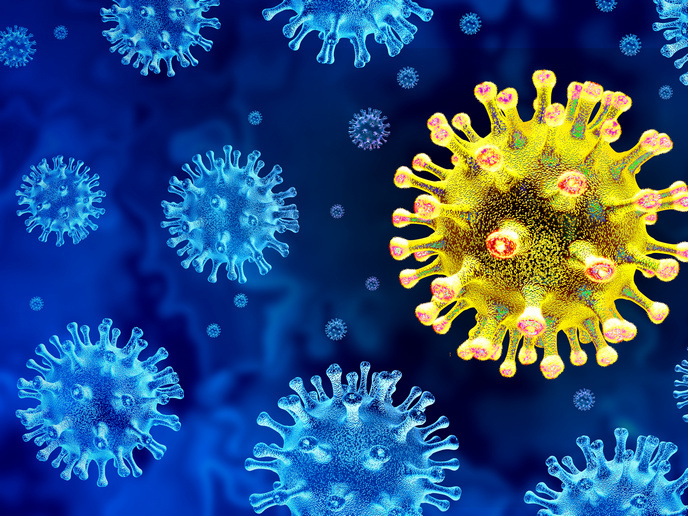Preventing diabetes in South Asian populations
South Asians make up one quarter of the world’s population. They are also at a high risk of developing type 2 diabetes(opens in new window) (T2D). India alone has nearly 56 million cases of T2D – second only to China. With the rate of T2D expected to increase in the next decade, scientists are focusing much of their attention on prevention – including intensive lifestyle modification. “Promoting a healthy diet and physical activity has proven effective at preventing T2D amongst South Asians with impaired glucose tolerance,” says Ninha Silva, a project manager at Imperial College London(opens in new window) and coordinator of the EU-funded iHealth-T2D project. Unfortunately, lifestyle modification has seen limited adoption due to its high costs and poor scalability. To change this, the iHealth-T2D project conducted an in-depth study on how lifestyle modification can be used as an effective method for preventing T2D amongst South Asians.
Reducing BMI and waist circumference
The project’s main goal was to test whether lifestyle intervention was effective at preventing T2D in South Asians when delivered by community health teams and to people with central obesity or raised glycated haemoglobin(opens in new window) (HbA1c). “We tested tailored, acceptable, effective and efficient lifestyle modification programmes in South Asian communities from India, Pakistan, Sri Lanka and the United Kingdom,” explains Silva. Researchers screened over 23 300 potential participants, eventually enrolling 3 670 in the study. These participants were not diagnosed with T2D, but did exhibit central obesity (classified as waist circumference equal to or longer than 100 cm). “Through diet counselling and increased physical activity, our aim was to achieve a 7 % reduction in body mass index (BMI) and a 10 cm reduction in waist circumference,” adds Silva. The lifestyle intervention programme consisted of 22 contact sessions over the course of 1 year. Participants were encouraged to reflect on their food habits, set targets and adopt healthier choices, such as replacing saturated fats with mono or polyunsaturated oils, reducing salt intake and increasing fibre consumption. The sessions, delivered by local researchers, dietitians and community health workers, were organised as individual face-to-face appointments, group sessions and regular follow-up phone calls. The project also created a library of relevant material on diabetes prevention. Translated in all the main South Asian languages, this information is available to citizens looking to live a healthier lifestyle, as well as health professionals working to prevent T2D.
Scaling up results
According to Silva, iHealth-T2D successfully enhanced society’s capacity for preventing and controlling diabetes in South Asia. For example, based on this project’s work, both the University of Kelaniya(opens in new window) and the University of Colombo(opens in new window) opened centres of excellence for diabetes and cardiovascular diseases in 2019. A similar centre is planned for the Devki Devi Foundation(opens in new window) in India in 2020. Although the project itself is now finished, work continues. Thanks to nearly EUR 9 million in funding from the UK’s National Institute for Health Research(opens in new window), the consortium has established a global health research unit that will carry on the iHealth-T2D’s research. “We are putting great effort into building human capacity and scaling up the results of the iHealth-T2D project,” concludes Silva. “This represents a major and tangible outcome of the project.”







